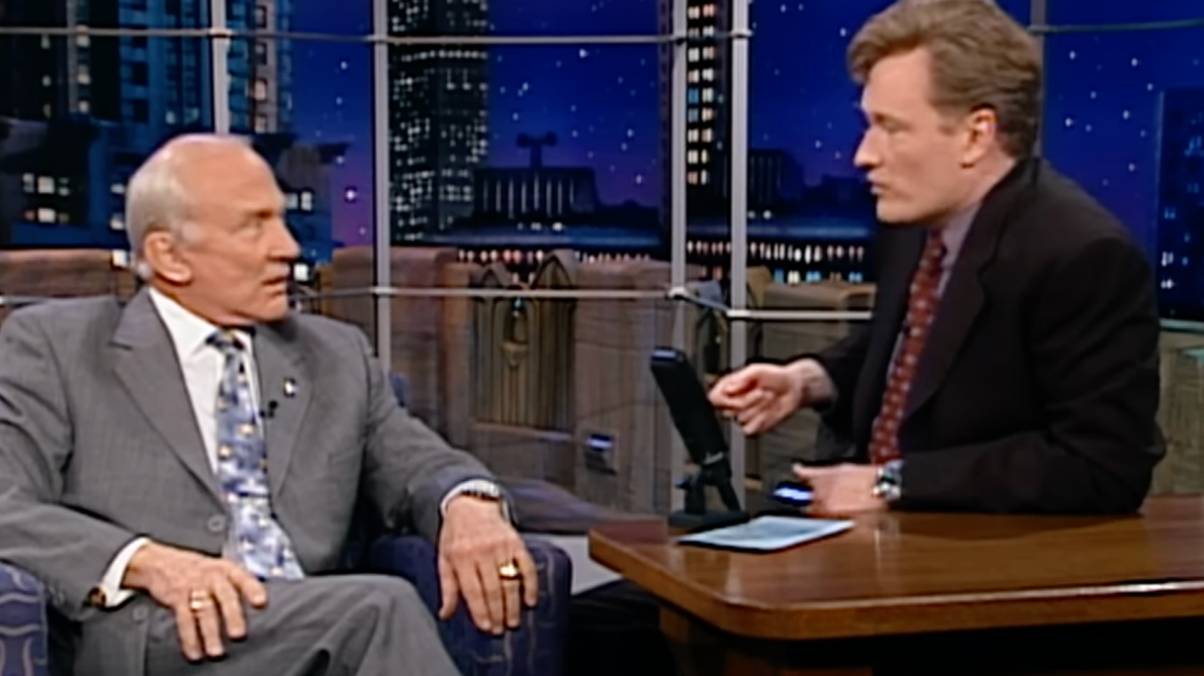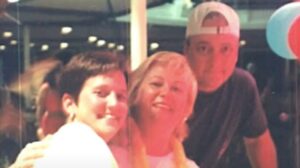“Unwrapping the Secrets: The Surprising Origins of Your Favorite Christmas Symbols”
3. Christmas Stockings


The tradition of hanging stockings by the fire has a charming origin. According to legend, St. Nicholas once tossed gold coins down a poor family’s chimney. The coins landed in the stockings they’d left out to dry, creating a tradition that’s lasted for centuries.
These days, stockings are filled with everything from candy to small gifts, adding a fun and festive touch to Christmas morning.
4. Candy Canes


Candy canes didn’t start out with their famous red-and-white stripes. Back in 17th-century Germany, they were simple white sugar sticks given to children during church services to keep them quiet. The shepherd’s crook shape was added to represent Jesus as the Good Shepherd.
By the early 1900s, the stripes and peppermint flavor were introduced, and candy canes became a holiday classic, perfect for eating or hanging on the tree.
5. The Star


The star on top of the Christmas tree represents the Star of Bethlehem, which guided the Wise Men to Jesus’s birthplace. This symbol of guidance and hope comes directly from the Nativity story in the Bible.
Whether simple or elaborate, the star remains a beloved part of Christmas decor, reminding us of the deeper meaning behind the celebrations.
6. Wreaths


Wreaths have been part of celebrations for centuries, symbolizing victory and eternity. In the context of Christmas, their circular shape and evergreen branches represent everlasting life, a nod to Christian beliefs.













